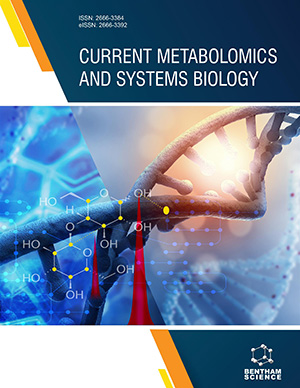Abstract
The generation of energy from fossil fuels contributes significantly to global
warming. This may be mitigated by the use of renewable (bio-based) feedstocks.
Second generation biofuels made in biorefineries that utilize agricultural residues and
other lignocellulosic wastes as feedstocks reduce the dependency on food crops such as
sugar cane (for bioethanol) and oil seeds (for biodiesel). Pre-treatment of
lignocellulosic feedstocks is key for ensuring process efficiency from the substrate to
the product. There are many pre-treatment methods, and method selection is incumbent
on the type of feedstock and the downstream processes required to generate the final
product(s). Product yields can be increased by integrating two or three pre-treatment
methods. For example, by combining physical and/or chemical pre-treatment with
ultrasonication. The content of this chapter is focused on describing various pre-treatment methods that are used to break down and/or hydrolyse lignocellulosic
biomass. The discussion extends to both conventional and novel ‘green’ methods and
includes the advantages and disadvantages of each method type. Possible solutions for
overcoming some of these disadvantages are included.






















